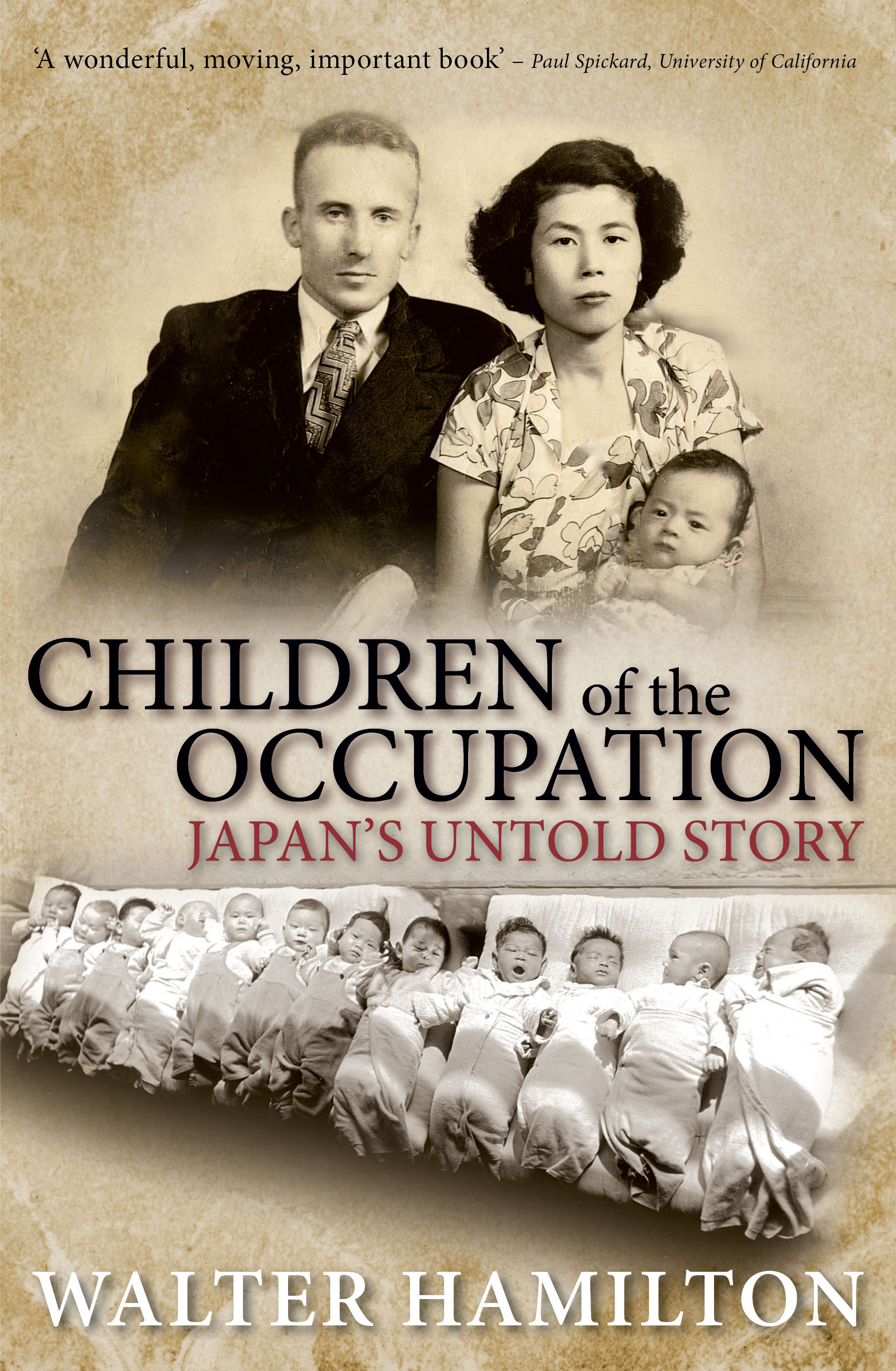Tufts Hapa reaches out to mixed-race students
The Tufts Daily: The Independent student newspaper of Tufts University
Medford, Massachusetts
2012-10-03
Alexandria Chu
Among the more than 300 student organizations at Tufts, there are many geared toward specific ethnicities and cultures. Tufts Hapa, a new group on campus, is working to become the only one intended to represent mixed race students.
In 2000, the United States Census was changed to allow citizens to check multiple boxes of racial identification, and the 2010 Census showed a 28 percent increase in interracial households. Tufts Hapa hopes to reflect these changes on campus.
Tufts Hapa aims to create a community of mixed race peoples of part Asian descent, according to President Joseph Wat, a senior. The club is currently in the process of receiving recognition by the Tufts Community Union (TCU) and has the support of the Asian American Center.
Tufts Hapa executive board member and senior Stephanie Howell explained that the start of her involvement in Tufts Hapa stemmed from the instability of past multiracial organizations on campus…
…Tufts Hapa’s faculty support, Assistant Professor of Economics Arthur Chiang, commented on the difficulty of achieving the balance between maintaining pride in ethnicity and solely defining oneself by it, which is particularly tricky for people of a mixed-race heritage.
“I think the basis of [your] social life shouldn’t be based on your race … It’s certainly a concern, everyone just fracturing into their own little [ethnic] groups. Of course, at the same time, no matter what background you have, you should feel some pride in your culture,” Chiang said. “It’s a little bit harder if you’re mixed, so I think a good thing for this club is the celebration of Hapa culture. It’s not an exclusionary thing, but more about learning about our experiences.”…
…Professor of History Gary Leupp notes a feeling of alienation throughout the history of people of mixed-race descent. He gives an example of an epitaph written in 1680 by Pieter Hartsinck, the son of a Dutch merchant and a Japanese woman.
According to Leupp, the epitaph is in St. Jakob’s Church in Osterode, Lower Saxony, Germany, detailing that Hartsinck and his mother were born in the East and his father in Europe.
Leupp quoted Hartsinck, “My destiny varied from the beginning … I left my homeland early in life to find my father’s country. But I could not find my true home.” Leupp explained that Hartsinck accomplished much in his life, even translating Descartes’ work into Latin from French, but his identity struggles are evident in his epitaph…
Read the entire article here.


